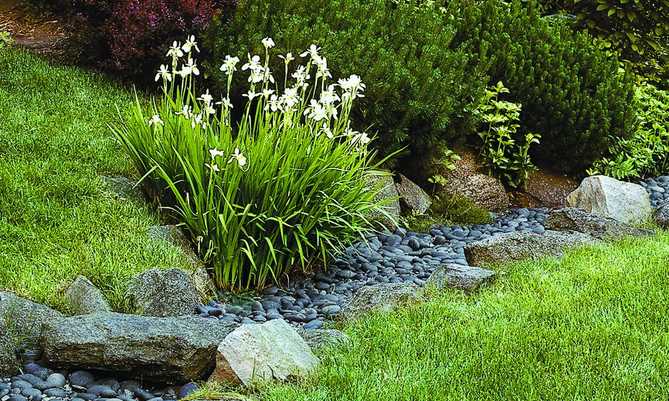It’s no secret that heavy rains can cause major flooding. When rainwater accumulates too quickly, it can overflow gutters and drainage systems, leading to serious property damage. In this blog post, we will discuss 10 features that can help with water runoff and how to control it. We’ll also provide tips on how to prevent your home from being damaged by excessive rainfall!
If you are looking at controlling the runoff for an entire development or subdivision you will need something larger like a retention pond. These are man-made basins that are designed to store water and release it slowly over time. The size of the retention pond will be based on the amount of rainfall your area typically receives.
The retention pond in your area will need maintenance to make sure it doesn’t become a breeding ground for mosquitos and other pests. Also you will need to maintain the proper depth and vegetation around the edge of the pond for it to function as intended and keep from flooding the surrounding areas. There are typically requirements from the state that determine what needs to be done as well as annual inspections that must be completed.
If you are on an HOA board you need to be sure that the regular maintenance is being performed on your retention ponds as if it is left without maintenance it can result in thousands of dollars to get it back to code.
If you are a homeowner we all know, that water runoff is a major problem during heavy rains. It can damage your property and even lead to flooding in your home. There are several ways to control water runoff, but the best way is to prevent it from happening in the first place. Here are features that can help you do just that:
-Gutters and downspouts: These are one of the most important features when it comes to controlling water runoff. Gutters collect rainwater and direct it away from your home, while downspouts allow water to drain away from the foundation. If you are suffering for a bad drainage system contact Certified Drainage now for the best drainage management solution.
-Drainage systems: A well-designed drainage system will catch any water that overflows from gutters and downspouts, and direct it away from your home.
-Retaining walls: Retaining walls can help to control water runoff by redirecting water away from your property.
-French drains: French drains are a type of drainage system that is installed beneath the ground. They collect water and direct it away from your home.
-Sump pumps: Sump pumps are installed in basements and crawlspaces. They collect water and pump it away from your home.
-Rain barrels: Rain barrels are a great way to collect rainwater for later use, such as watering your garden. They can also help to reduce water runoff by directing water away from your home.
-Waterproofing: Waterproofing your home can help to prevent water from entering the basement or crawlspace, and causing damage.
-Landscaping: Proper landscaping can help to control water runoff by directing water away from your home.
By following these tips, you can prevent water runoff from damaging your home. If you do experience water damage, be sure to contact a professional restoration company as soon as possible to begin the repair process.
